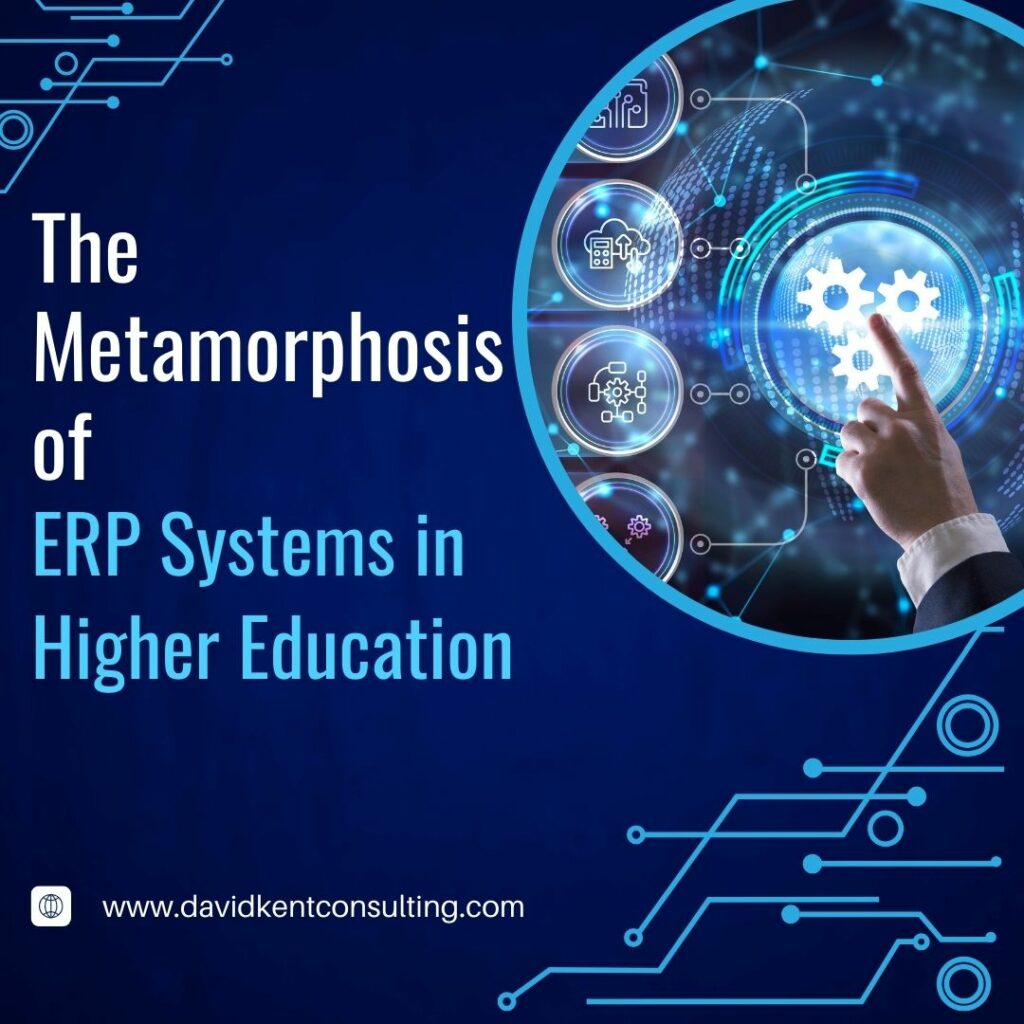January 24, 2024 | 1 minute read
The Metamorphosis of ERP Systems in Higher Education

By David Kent, President, David Kent Consulting

January 24, 2024 | 1 minute read

By David Kent, President, David Kent Consulting

February 14, 2024 | 2 minute read The Impact of FAFSA Simplification on Higher Education Institutions By Jessica Ashbrook, Vice President for Professional Services, David

February 7, 2024 | 3 minute read Cloud First Strategy Conversations: The Crucial Role of an Enterprise Architecture By Hank Wojteczko, Cloud Practice Manager, David
